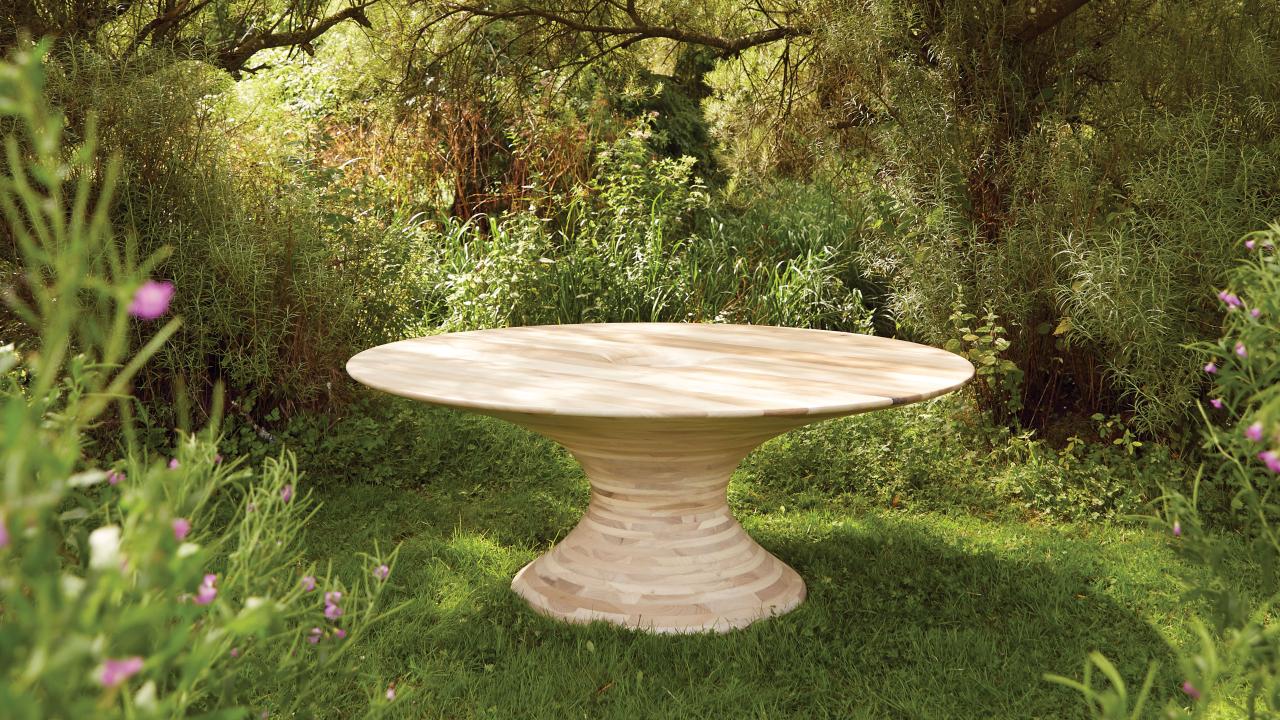Unsurprisingly, the mass of American tulipwood used to construct the Barnby and Day table dominates the environmental impact, both positively and negatively. On the one hand the energy generated from wood waste during manufacturing and at End of Life offsets most of the carbon emissions. The product is highly durable and therefore has potential to act as a carbon store for decades. The fact that tulipwood is a quick drying hardwood species requiring no more than 7 to 10 days in the kiln, also helped to reduce environmental impact. On the other hand, the relatively large volume of tulipwood used in the table contributed to more significant acidification and eutrophication impacts during transport. It also contributed to relatively high photo-chemical ozone creation potential (POCP). Partially mitigating these impacts is the potential for the table to remain in use for many years, minimising the need for replacement.

